
What’s worse than having acne? Having painful acne! Not only do those pimples want to show up it the most inconvenient times, but they also decide to be extra attention seeking by being very painful and itchy.
Don’t worry pimples, I see you, and I can feel you too.
We'll discuss why do pimples hurt and how we can relive the pain from acne.
Why Does My Acne Hurt?
No one knows for sure why an acne pimple hurts. We can’t resist the urge to pop or squeeze it out whenever an acne or zit comes out and rears its ugly head.
Acne pimples hurt when there's inflammation in it (Think swollen, and red ). When the inflammation is located near a minor nerve ending it can cause it to be more painful than other types of acne.
Usually cystic acne hurts the most because they’re deep under the skin and all the bacteria and dead white blood cells are building up and expanding within the pore which can cause a lot of pressure and pain.
Cystic acne happens usually because of a hormone imbalance causing too much oil to be produced within the pore, and it ends up starting a blockage which can get inflamed when it becomes a cyst.
At Banish, we think dealing with cystic acne is enough of a pain, so here’s some ways you don’t have to deal with the physical pain of pimples. And before you think of using your Banisher tool on a cyst - stop right now because it's not meant for pimples or cysts! It's meant to help with the scars that acne leave behind.
How To Reduce Pain From Acne
"Although there are no overnight or immediate cures for acne, you don’t have to stand by and suffer either. Make sure you use non comedogenic and oil-free cosmetics, cleansers and sunscreens, and never try to scrub away a pimple, as this can further irritate it and make it worse.” says board-certified dermatologist Meghan Feely, MD, FAAD
1. Use an over the counter pain reliever like ibuprofen.
That will help with the swelling, pain , and inflammation of the acne. Make sure you follow the instructions on the medication.
2. Apply a warm compress.
A warm compress can help to relieve pain and help draw out the pimple to a head so it heals faster. You can heat up a tower in hot water and hold it on the pimple for 5 minutes up to 5 times a day.
3. Avoid using drying treatments on cystic acne.
This is because the cyst is so deep under the skin that the drying treatment won’t be effective on the pimple, instead it will just dry out the layer of skin above the pimple which can lead to flakiness and more skin irritation.
4. Apply ice to constrict the blood vessels around the pimple.
This will reduce the amount of swelling and calm an inflamed cyst. Don't leave the ice on for too long. You can use regular ice or an ice pack. Wrap the ice in a thin cloth or paper towel to protect the skin and leave it on for 10-20 minutes at a time. You can alternative this with the warm compress too.
5. Avoid picking at the painful pimple
It's easier said than done, but the more you poke at a painful inflamed breakout, the more irritated the acne will get which can cause it to cause even more pain.
6. Apply a hydrocolloid bandage
You can try applying a pimple sticker also known as a hydrocolloid bandage over the pimple to keep you from picking at it and it can help protect the skin too.
Remedies To Treat Painful Acne
There are several home remedies you can try do to reduce the pain from a painful pimple. (Note: It’s best to check or consult with your dermatologist first before trying any of these home remedies below especially if you are on medication for acne.)
- Banish Fighter Gel
- Banish All Clear Mint Cleanser
- Vinegar cleanser/ACV
- Turmeric mask
- Probiotics
- Tea tree oil
1. Banish Fighter Gel – The Banish Fighter Gel has potent anti inflammatory ingredients to help calm down the inflammation causing the pain. It also has a little bit of peppermint to provide a slight cooling sensation for pain. Its key ingredients include arnica for speed healing, dimethyl sulfone (MSM), green tea extract and organic gotu kola).
2. Banish All Clear Mint Cleanser – This cleanser is made with a combination of pure plant based ingredients that have anti-inflammatory, cleansing and anti-bacterial properties. It is formulated to be gentle on the skin to not dry skin out but tough on removing excess oil and dirt.
3. Vinegar cleanser/ACV – Apple cider vinegar or ACV is also recommended by some natural healers as an effective treatment for cystic acne. Apple cider vinegar contains acetic acid, malic acid and lactic acid which are often found in skin care products. This remedy, however, can result in skin burns when applied directly so it’s best to dilute ACV with water first.
4. Turmeric Mask – Turmeric mask is reputed for being anti-inflammatory and antiseptic, which makes it recommendable in treating the pain that comes with cystic acne. Apply caution when treating cystic acne with turmeric mask as this home remedy can cause skin irritation as well.
5. Probiotics – Your skin health and gut health have a connection with each other. Keeping foods that are high in probiotics such as yogurt, kimchi, veggies and kefir in your diet aids can help manage inflammatory acne.
6. Tea tree oil – This oil is used by proponents of natural healing for its anti-microbial and anti-inflammatory properties, making it a topical home remedy for treating cystic acne.
Cystic acne unfortunately is the most painful and usually most difficult type of acne to get rid of or manage and requires patience and care. Following the tips mentioned above may help in reducing pain from acne and increase the recovery time for acne.
What kinds of pimples are the most painful for you? The ones right on the lips are absolutely the worst!





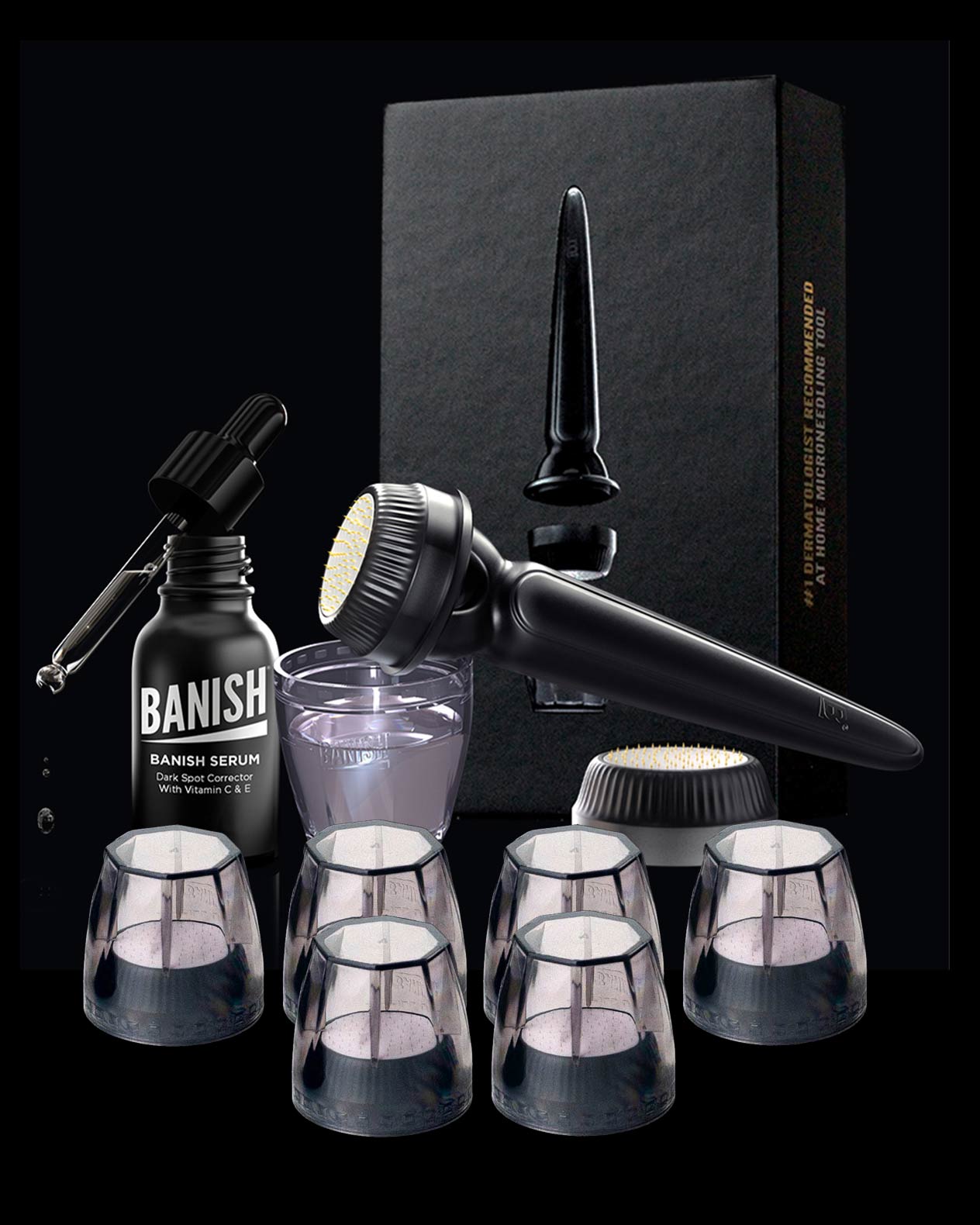



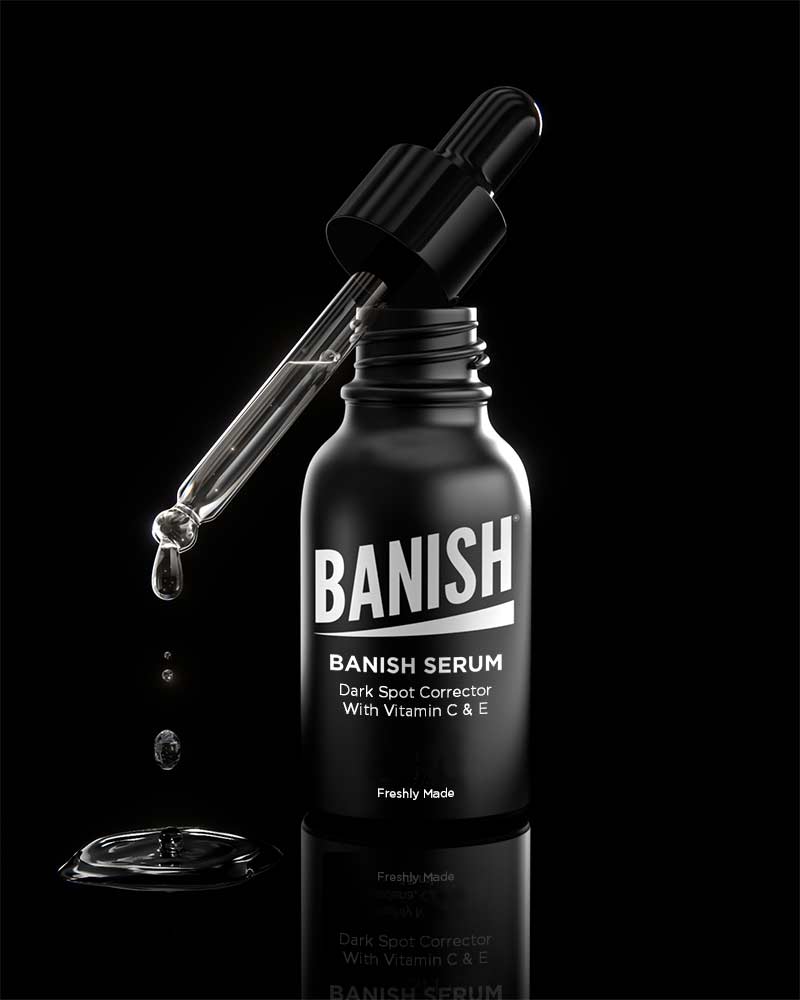




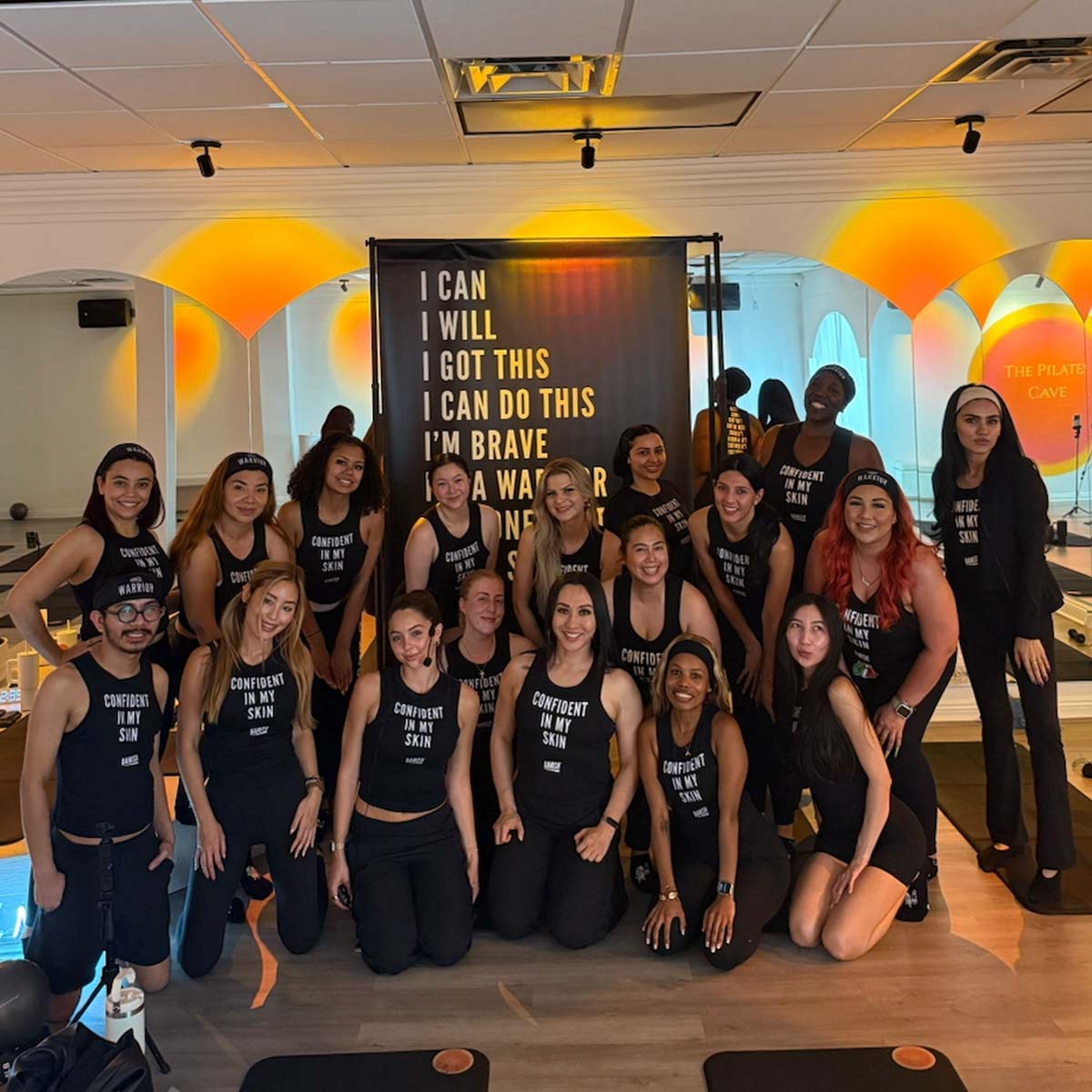

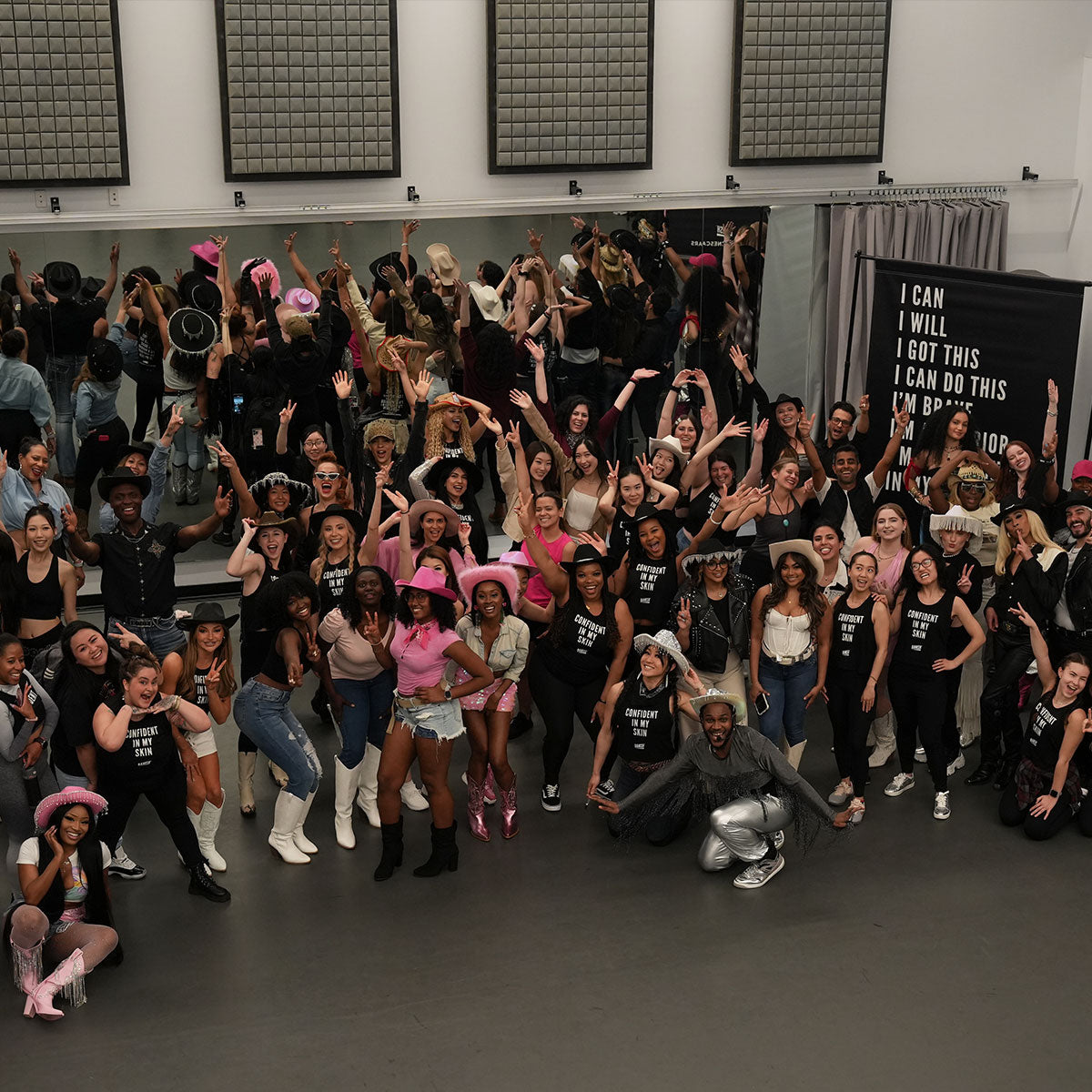



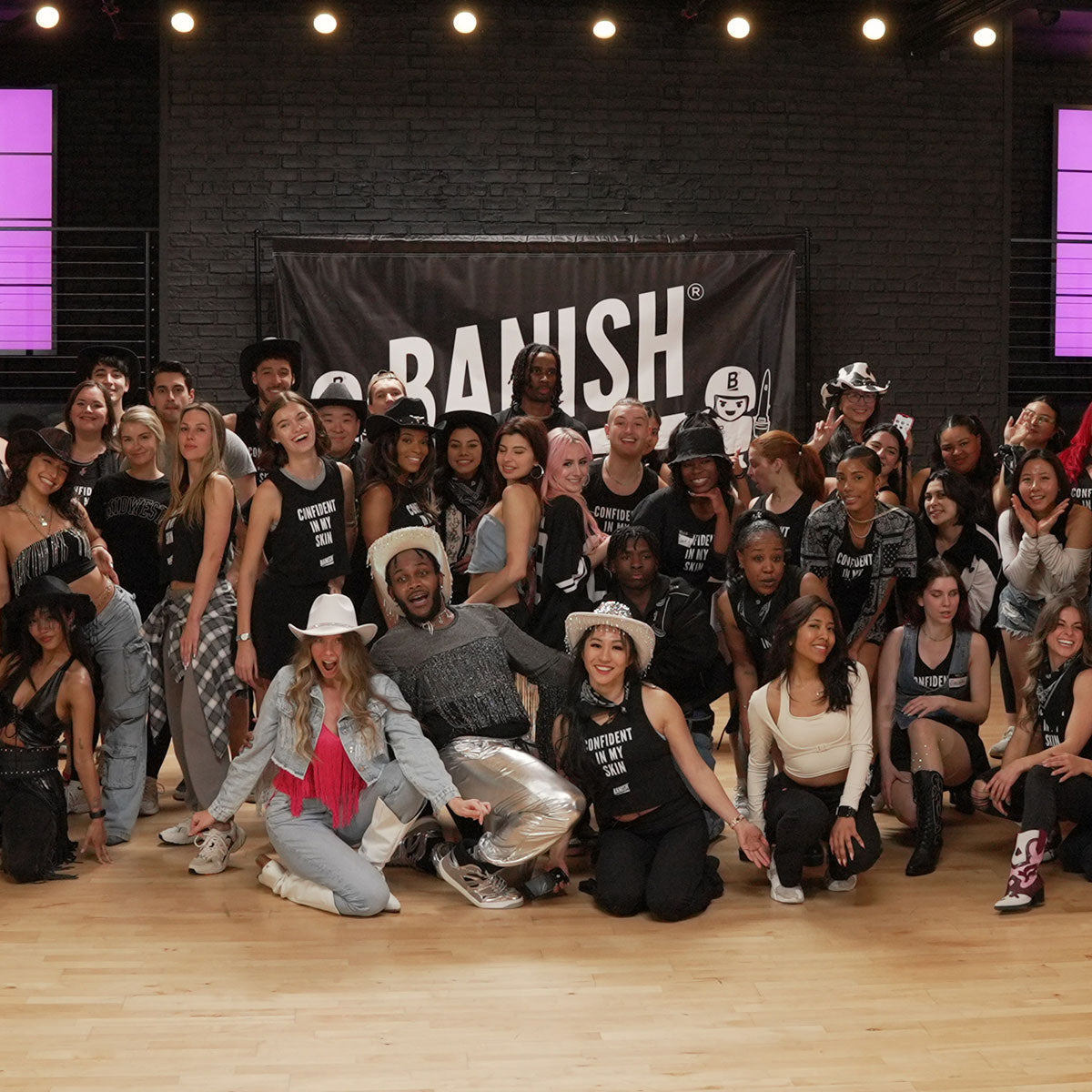


Leave a comment
All comments are moderated before being published.
This site is protected by hCaptcha and the hCaptcha Privacy Policy and Terms of Service apply.